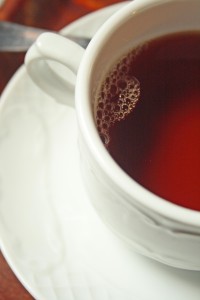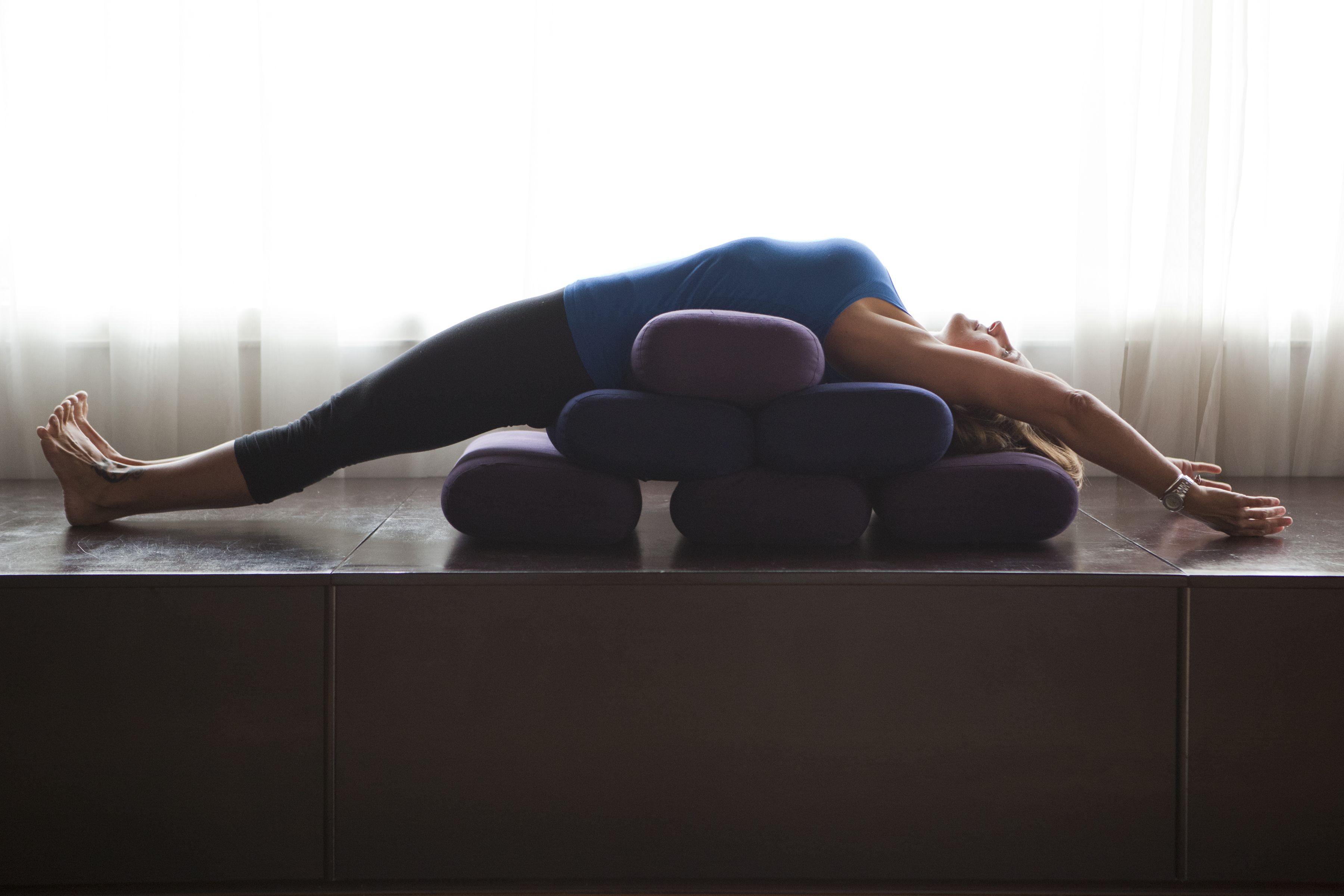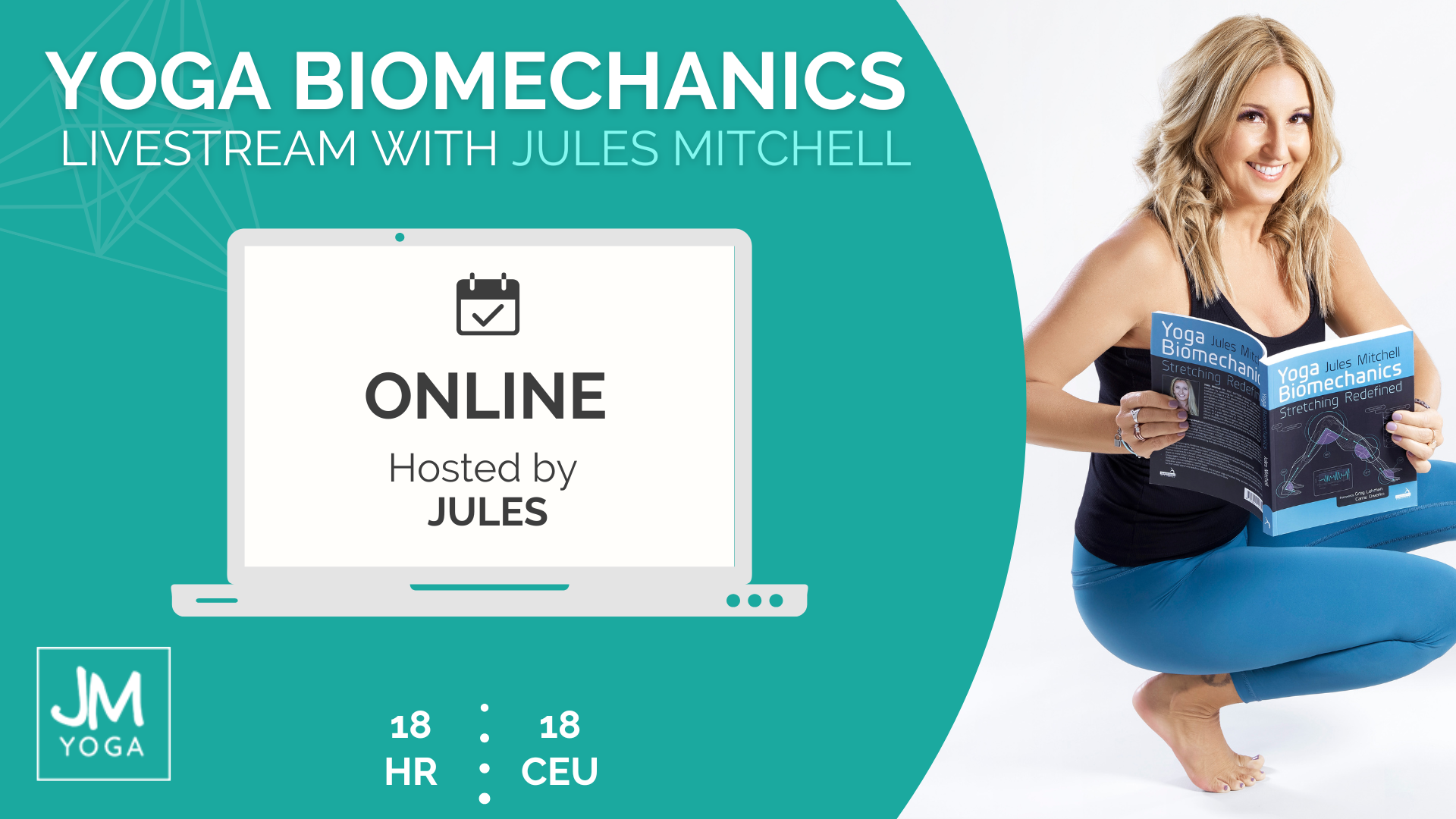I’m updating this blog for two reasons:
1. Jeff (the boyfriend/husband) came home last week with epsom salt because he was told by a medical professional, scientist, random someone out there in the scientifically illiterate world that it would help alleviate some pain in his back. Apparently, no one else in his life is qualified to advise him. Does anyone know a good evidence based yoga therapist?
2. I found a 2004 article “The Effects of Yoga Training and a Single Bout of Yoga on Delayed Onset Muscle Soreness in the Lower Extremity,” which deserves inclusion here [1].
Here is the updated version:
Have you ever noticed that everyone is an expert when it comes to sore muscles? The list of treatments I’ve heard for Delayed Onset Muscle Soreness (DOMS) looks something like this:
- take a bath
- soak in an epsom salt bath
- drink some ginger tea
- drink cherry juice [2]
- drink a lot of water
- stretch the soreness out [3, 4, 5, 6]
- stretch before working out to prevent DOMS altogether [4]
- exercise those sore muscles [6]
- cryotherapy (cold treatments such as ice or ice-baths) [5, 6]
- ultrasound [5]
- electrical currents (administered by a clinician, of course!) [5]
- foam rolling
- massage
- rub some (insert commercial product here) on it
- rub some (insert homeopathic product here) on it [5]
- rub some (insert essential oil here) on it
- eat some garlic
- drink some whiskey (now that might actually work!)
And that’s just a quick list. I’m sure you have your own foolproof remedy to add to the list.
While none of these treatments are inherently bad, they don’t actually work on a scientific basis. Of course, if drinking some ginger tea makes you feel soothed and thereby care less about the muscle soreness, there is no harm in drinking the ginger tea. Or if soaking in an epsom bath salt gets you to relax already, go for it! But let’s just be clear: There is no mechanism by which a component in the ginger tea or epsom salt reduces the cause of muscle soreness. I can’t even begin to imagine the thought process there…the espsom salt dissolves in the tub, osmotically penetrates the dermis (which generally protects us from the environment), those epsom salt molecules somehow know the source of muscle pain and know the pathway there, upon arrival they dismantle the cause. Hmmmm. We don’t understand DOMS, so the likelihood that epsom salt understands DOMS is probably none.
 (Image via pedrojperez)
(Image via pedrojperez)
Stretching also does not prevent or reduce muscle soreness. Stretching before or after, or before and after exercise, has little to no effect on DOMS [3, 4, 5, 6]. Yoga, however, may lessen the experience of DOMS, as suggested by the study which prompted this update [1].
Here is how the study was designed, followed by a brief summary of results:
Two groups of 12 women under age 55 were studied, totalling 24 subjects. One group was trained in yoga (YT) and the other, the control group (CON), was not.
A 90 minute session of Kripalu-style yoga (including postures, breathing, and meditation) was practiced by the YT group at 24 hours and 72 hours after inducing muscle soreness. A Visual Analogue Scale (VAS) was issued every 24 hours, as well as after both yoga sessions. A VAS is that subjective pain scale you see at the doctor’s office where you rate your pain between 1 and 10, or sad face to smiley face.
The YT group experienced less muscle soreness than the CON group at both 24 and 48 hours.
Additionally, at the 24 hour mark, muscle soreness in the YT group reduced by 49% from before class to after class. Score one point for yoga!
It should be noted, however, that muscle soreness increased again, thus the effect was temporary. Score one point for DOMS.
So what do these data tell us?
Not much. We should always be conservative when attempting to translate research into clinical relevance.
While the data tell us that Kripalu-style yoga makes women under 55 who are trained in yoga experience less DOMS, we still don’t know how. The stretching data from other studies suggest that the effect is more likely due to the breathing or meditation components of the yoga class rather than the asana part. The investigators of this study suggest other possibilities, ranging from organ massage to the emphasis in yoga on taking joints through a full range of motion.
I offer a few other hypotheses:
- an analgesic effect due to movement (asana) and rest (savasana)
- heightened body awareness (interoception) which quiets negative stimuli (nociception)
- the placebo effect – yoga is supposed to make you feel better, so it does.
In conclusion, should we all run out and “prescribe” yoga to people with sore muscles based on the results of this study? Probably not. We don’t know how yoga will affect those untrained in yoga. Men were not studied, nor were persons over age 55, nor were children and young adults. We don’t know the outcomes of vinyasa yoga, power yoga, hot yoga, restorative yoga, or yin yoga on DOMS. One hour sessions and 75 minute sessions were not studied, nor were the results of a daily practice. If we were to replicate the study with 24 different subjects, would we be able to replicate the results? Or would the results differ? More research is needed. 🙂
The reality is, there is no known treatment, no known prevention for DOMS. You just have to deal with it. One of my mentor’s, Dr. Schleip, jokes that the only way to avoid muscle soreness is to induce muscle soreness in the preceding weeks, thus – no way to truly avoid it. Yes, some things make some of us feel better. But statistically, these treatments are very weak at best, at showing any clinical relevance.
If you’re new to the topic of muscle soreness, here is quick summary:
It’s called Delayed Onset Muscle Soreness because there is a delay between soreness and the activity that caused it. Usually the soreness starts about 24 hour post exercise bout and increases until about the 48 hour mark until it starts to subside.
Forever ago, we scientists thought DOMS was caused by Lactic Acid build up. We were WAY OFF!!! Lactic Acid (actually, it’s really called Lactate) is NOT a waste product. Lactate does build up during high intensity activities, but is used by the body as fuel. Lactate is not something you want to get rid of or even need to get rid of. Your body will metabolize any excess levels.
In fact, your body will metabolize the lactate you built up during your exercise bout within a few hours. Your levels will be normal again long before the DOMS symptoms show up 24 hours later. Lactate and muscle soreness are not related.
Any Kinesiology textbook written in the last decade will corroborate this. It just takes a long time for the science to make it the mainstream. So, if you still have your old high school biology book laying around, it’s time to trade up for a new one. I’m sure the lactate theory isn’t the only one that is outdated.
In fact, the most recent theory is that DOMS doesn’t even occur in the muscle tissue! It actually occurs in the epimysium – which is the outermost fascial layer to the muscle proteins. But that’s an entirely different blog post. [7]
________________________________________________________
[1] Boyle, C., Sayers, S., Jensen, B., Headley, S., & Manos, T. (2004). The effects of yoga training and a single bout of yoga on delayed onset muscle soreness in the lower extremity. The Journal of Strength & Conditioning Research, 18(4), 723–729.
[2] Connolly, D. A. J., McHugh, M. P., Padilla-Zakour, O. I., Carlson, L., & Sayers, S. P. (2006). Efficacy of a tart cherry juice blend in preventing the symptoms of muscle damage. British Journal of Sports Medicine, 40(8), 679–683. doi:10.1136/bjsm.2005.025429
[3] Lund, H., Vestergaard-Poulsen, P., Kanstrup, I., & Sejrsen, P. (1998). The effect of passive stretchng on delayed onset muscle soreness , and other detrimental effects following eccentric exercise. Scandinavian Journal of Medicine & Science in Sports, 8, 216–221.
[4] Herbert, R., de Noronha, M., & Kamper, S. (2011). Stretching to prevent or reduce muscle soreness after exercise. Cochrane Database of Systematic Reviews, Issue 7, CD004577. doi:10.1002/14651858.CD004577.pub3
[5] Cheung, K., Hume, P., & Maxwell, L. (2003). Delayed onset muscle soreness: treatment strategies and performance factors. Sports Medicine, 33(2), 145–164.
[6] Torres, R., Ribeiro, F., Alberto Duarte, J., & Cabri, J. M. H. (2012). Evidence of the physiotherapeutic interventions used currently after exercise-induced muscle damage: systematic review and meta-analysis. Physical Therapy in Sport, 13(2), 101–114. doi:10.1016/j.ptsp.2011.07.005
[7] Gibson, W., Arendt-Nielsen, L., Taguchi, T., Mizumura, K., & Graven-Nielsen, T. (2009). Increased pain from muscle fascia following eccentric exercise: animal and human findings. Experimental Brain Research, 194, 299–308. doi:10.1007/s00221-008-1699-8
Extend Your Learning: Online Education With Jules
Yoga Biomechanics Livestream
My flagship 3-day livestream course is for teachers who have an insatiable curiosity about human movement and kinesiology, are eager to know what the research says about yoga, and are open to accepting that alignment rules aren’t always accurate. Includes 30 days of access to the livestream replay and slides. 18 CEUs. Learn more >



Love this blog!
This blog loves you!
Hey Jules,
So does this mean that DOMS relieves itself in about 48 hours then? Or do you have specific recommendations? Thanks for sharing your scientific knowledge!
Yes exactly. It’s onset peaks around 48 hours post exercise and then begins to subside. The only cure for DOMS to has have had DOMS in the same area in the last week or two. Haha. That’s kind of a joke, but not really.
This is SO interesting! So glad I came across your blog. I’ve definitely been told in a yoga class that it will help with soreness hahe, now I know. Thanks 🙂
Awesome Sara! There is so much more to come – I’m just finishing up a book on stretching. More blogs will come once I’ve met my first draft deadline. Thanks for stopping by.
Thank you Jules, again. Can’t wait to read about epimysium. 🙂